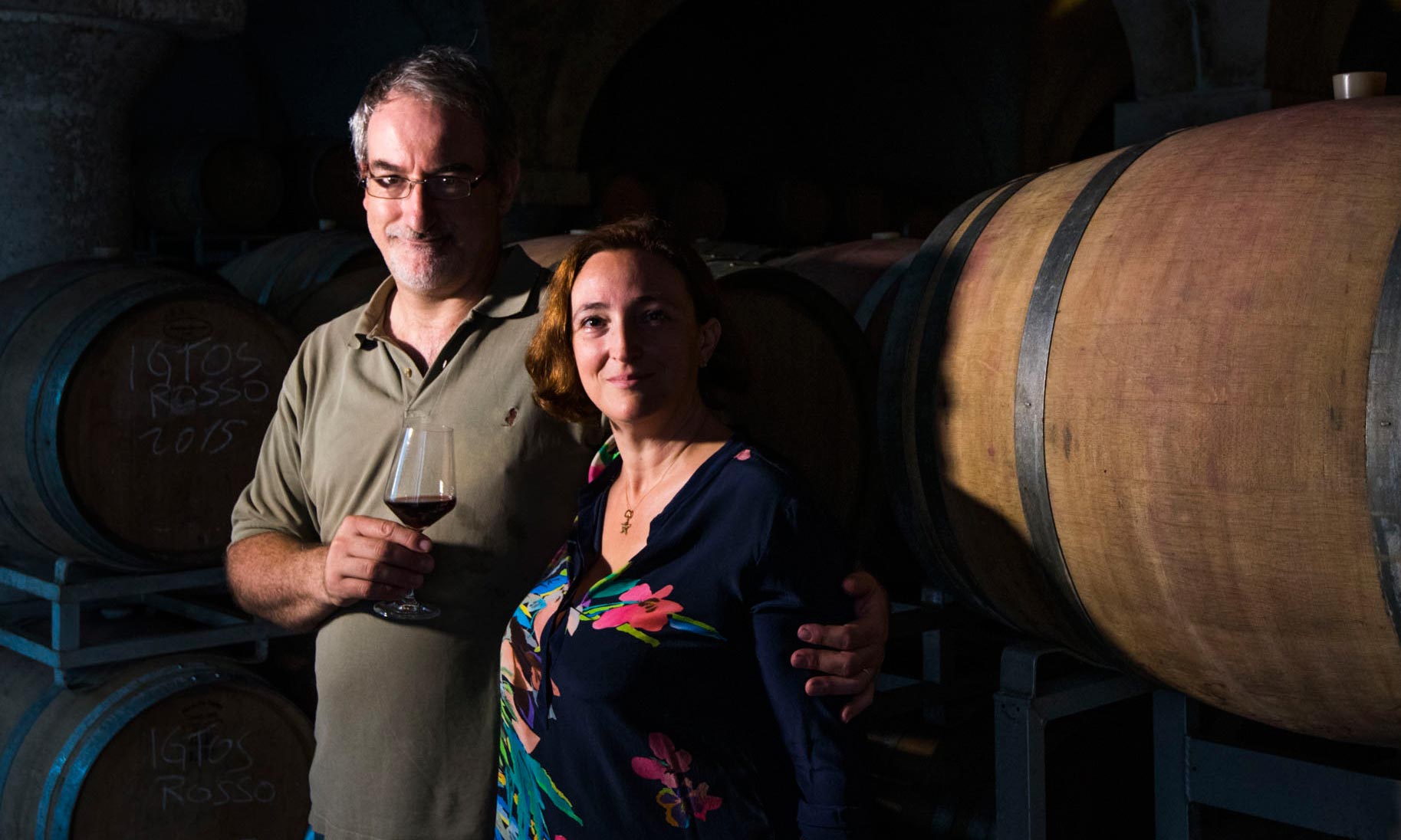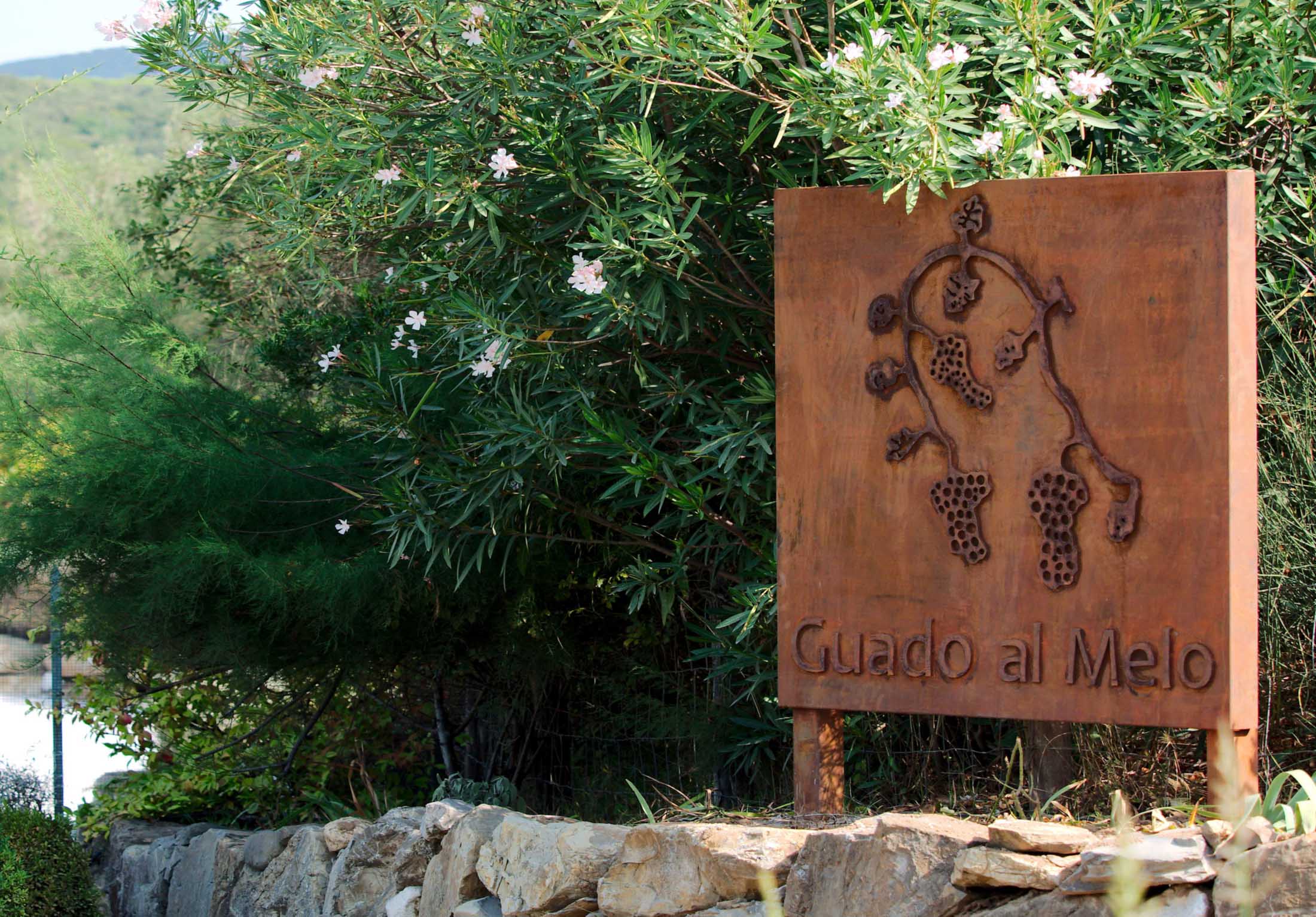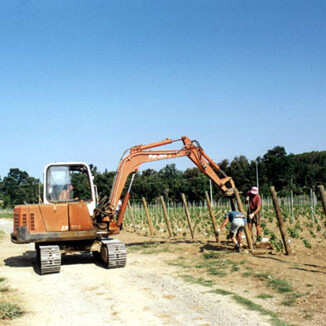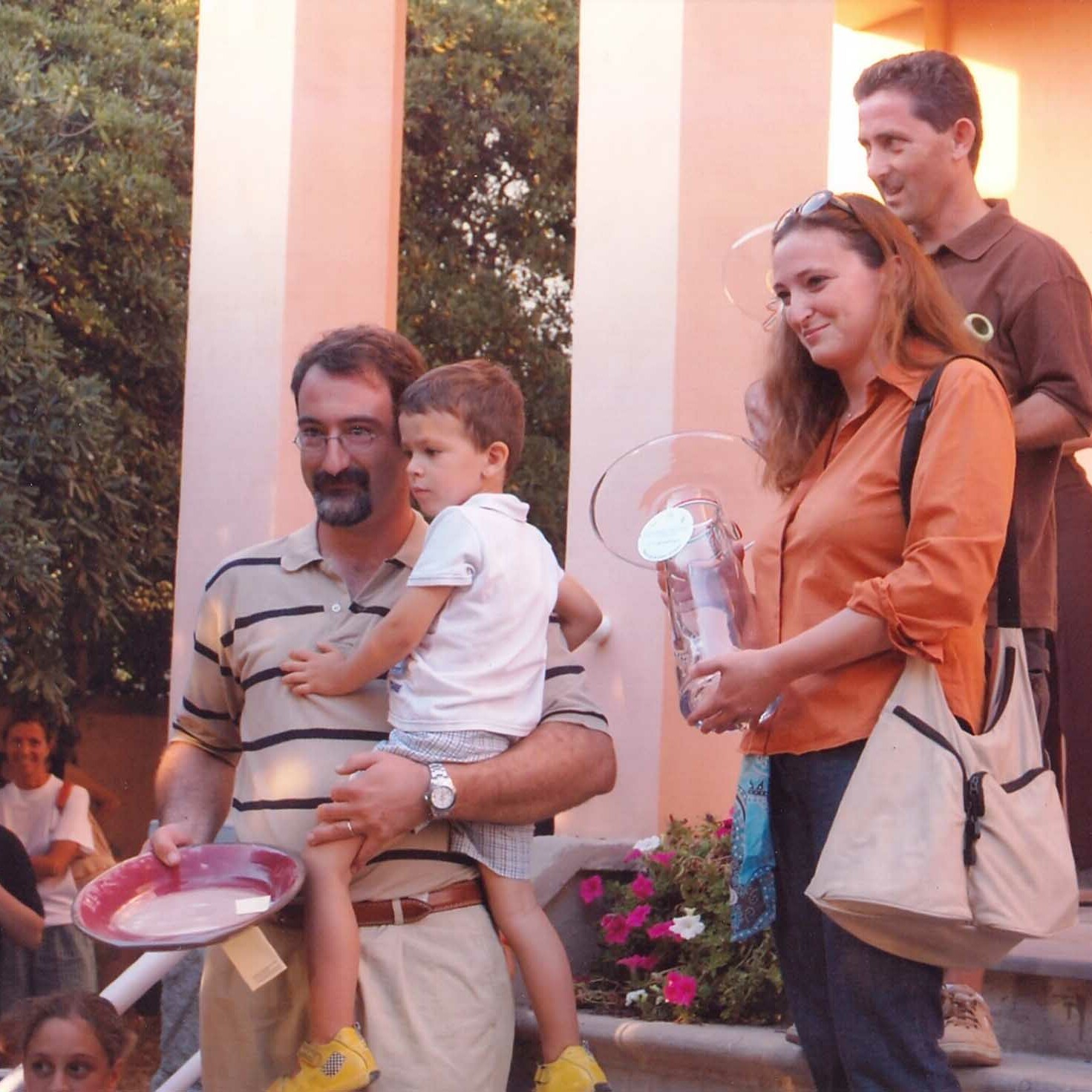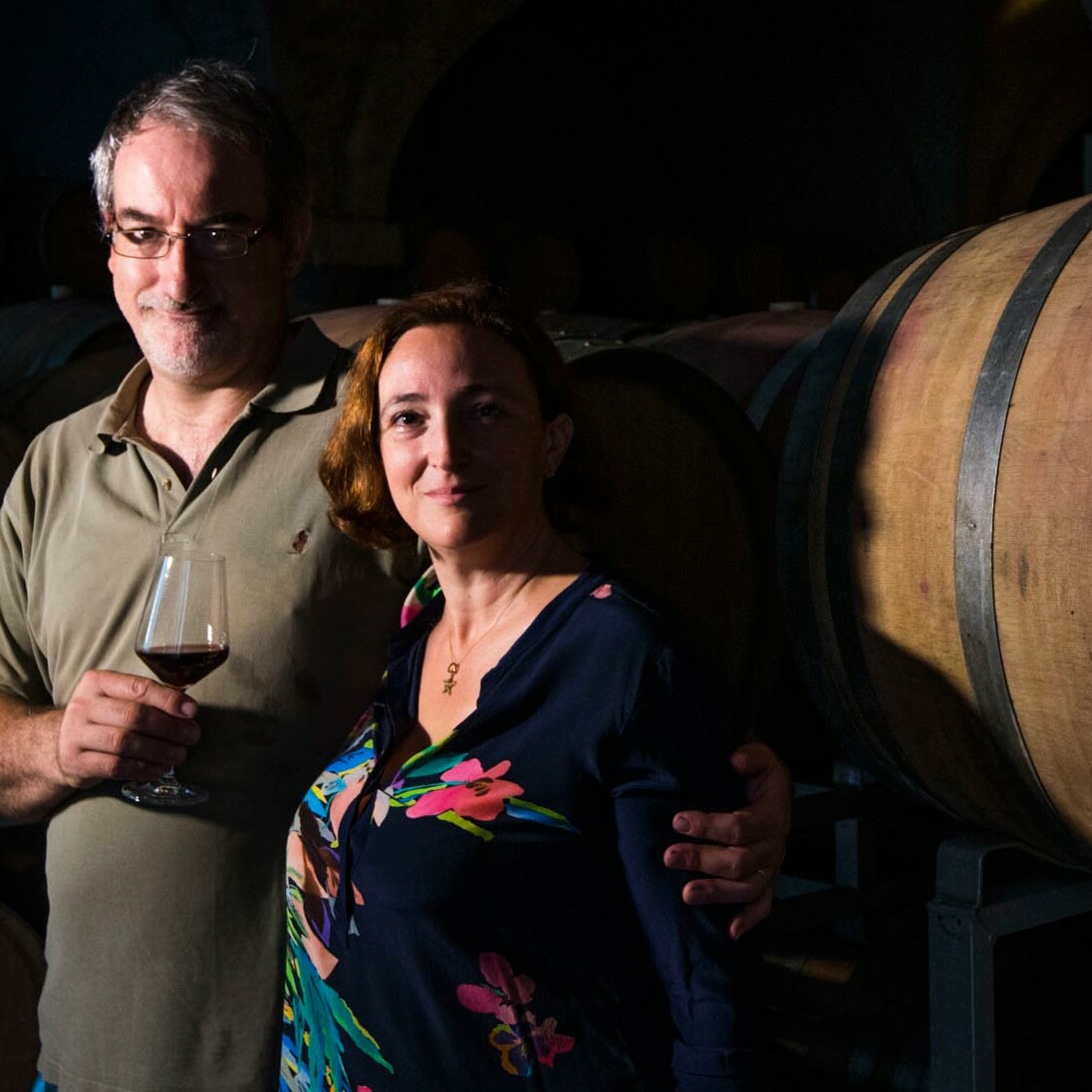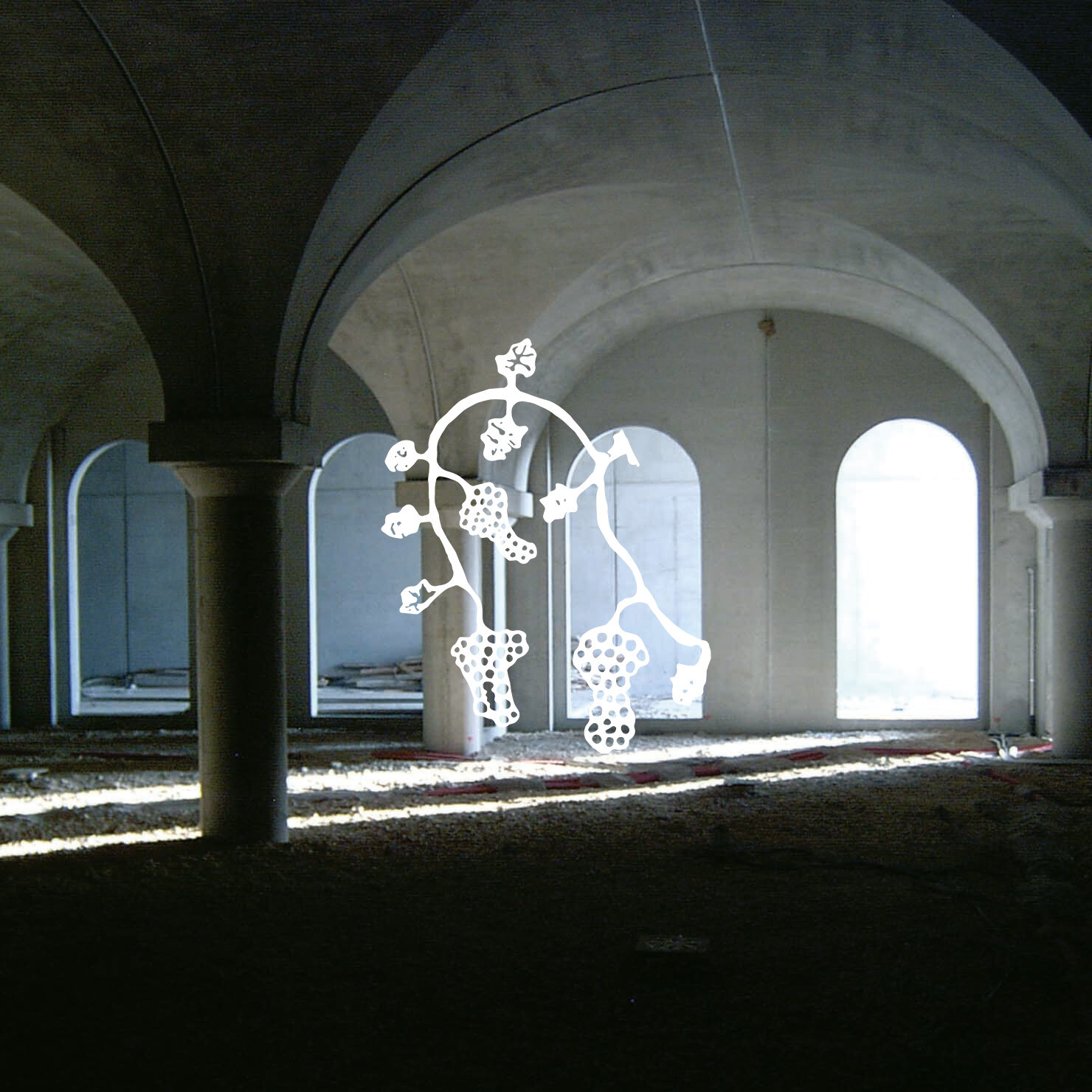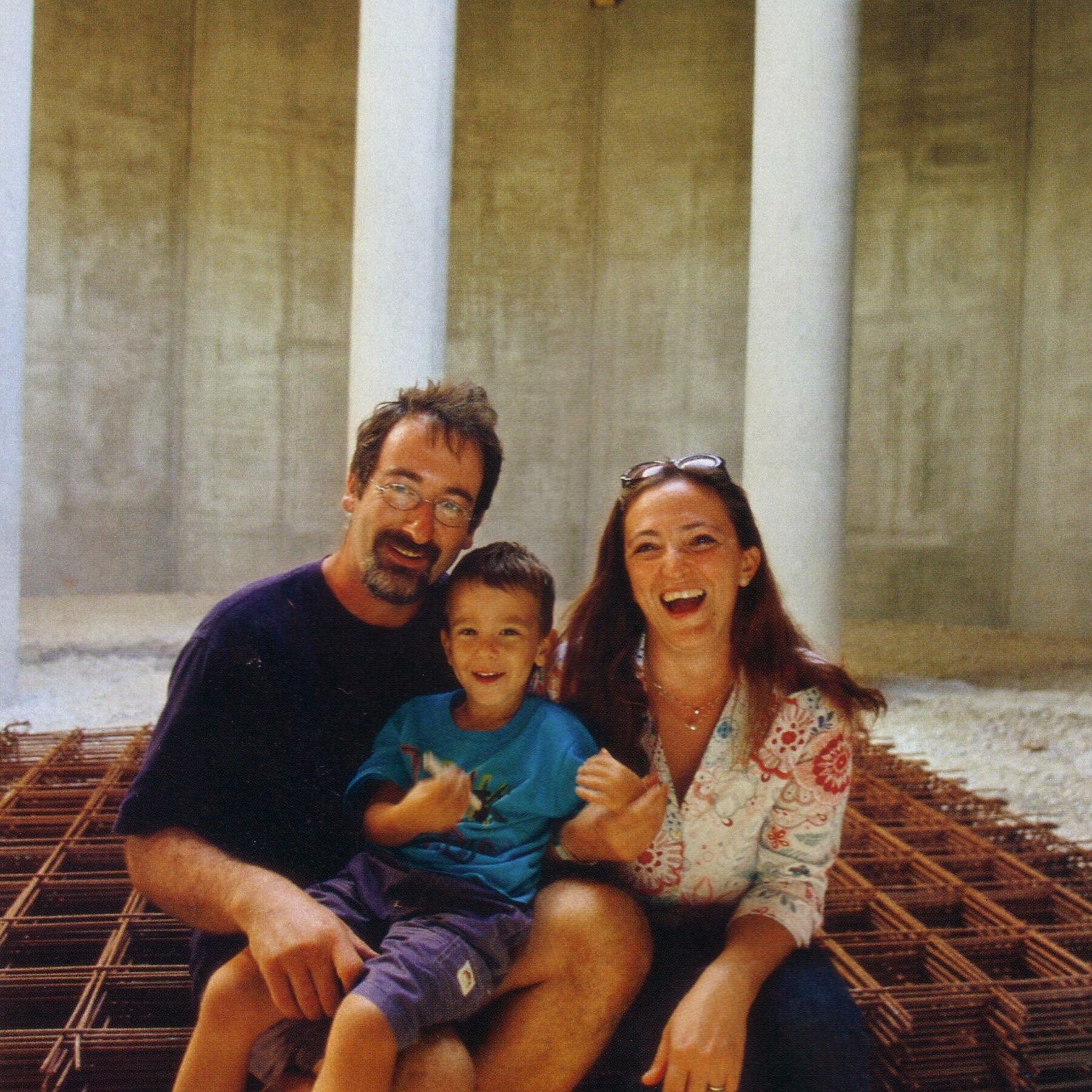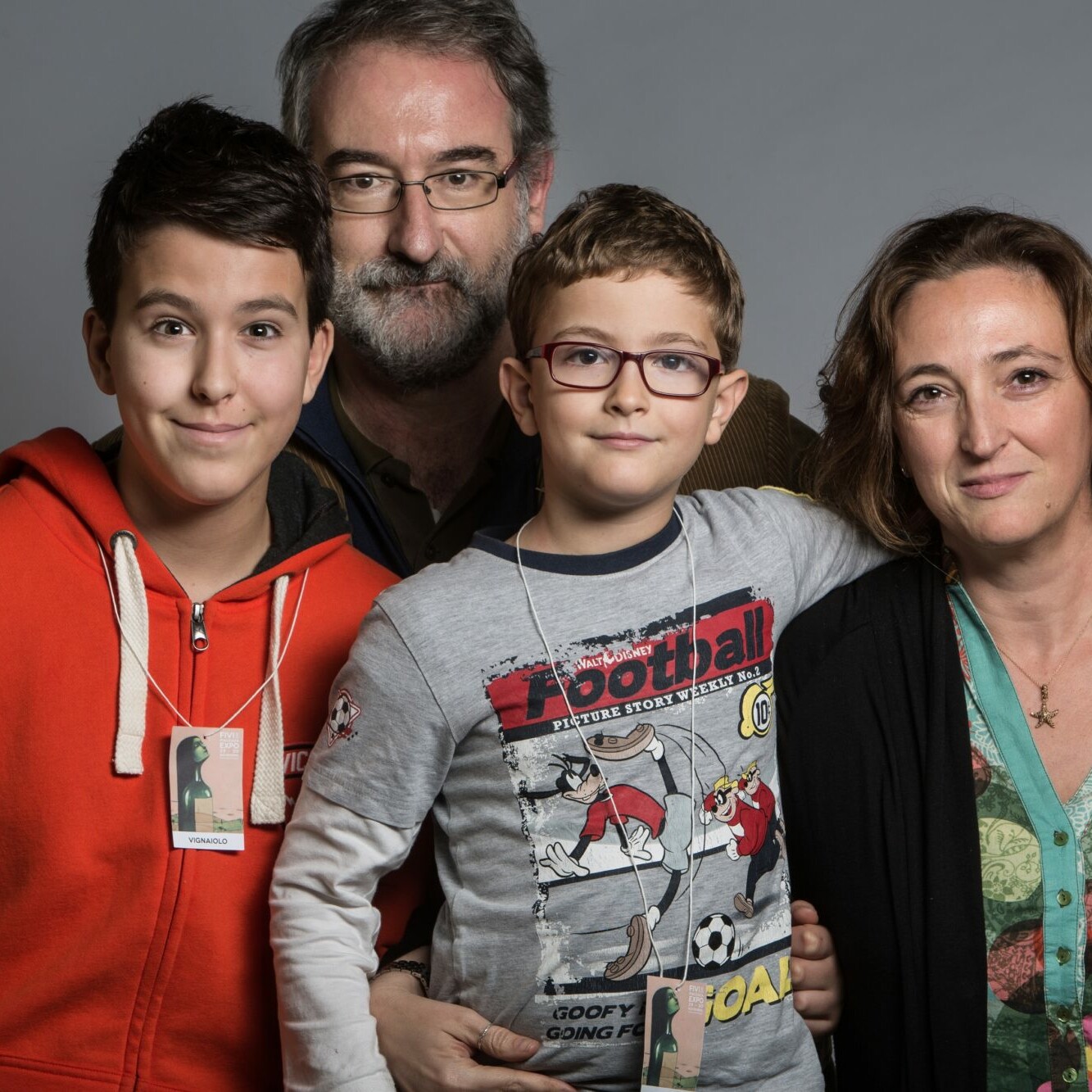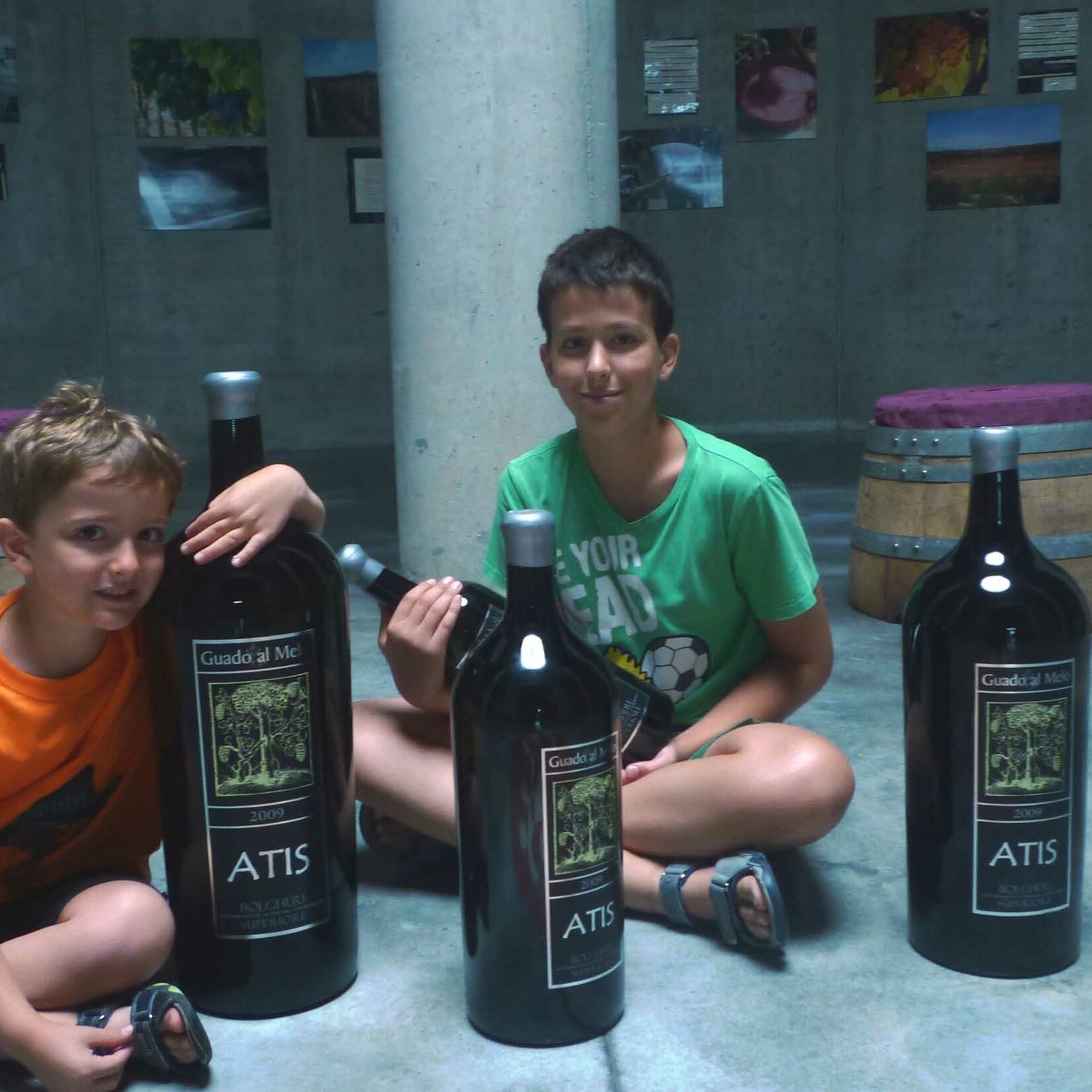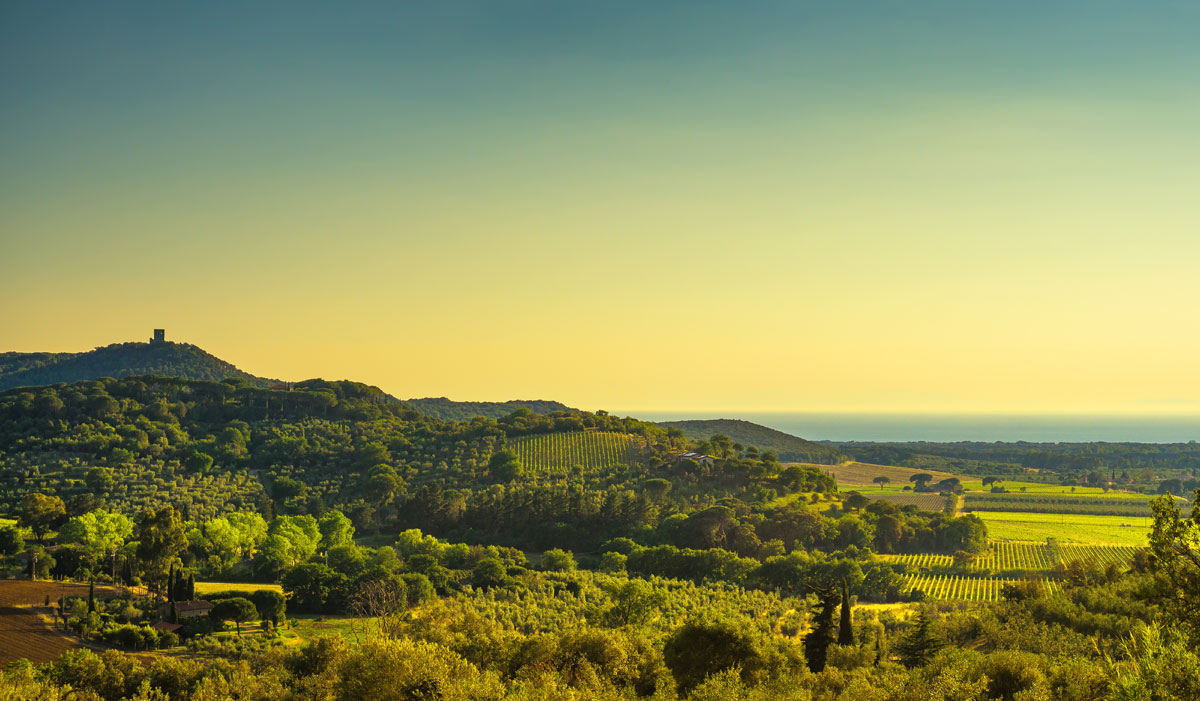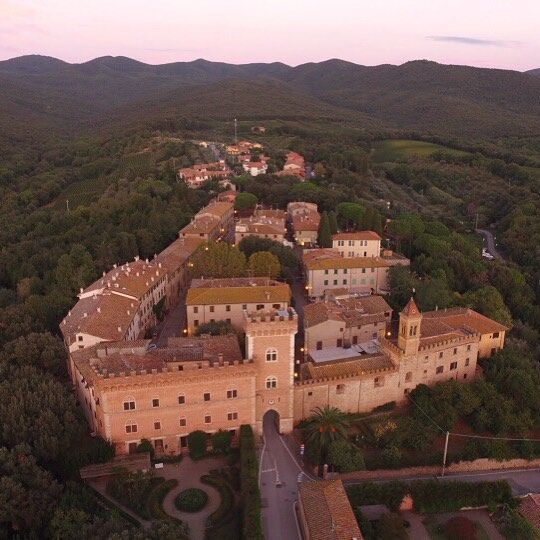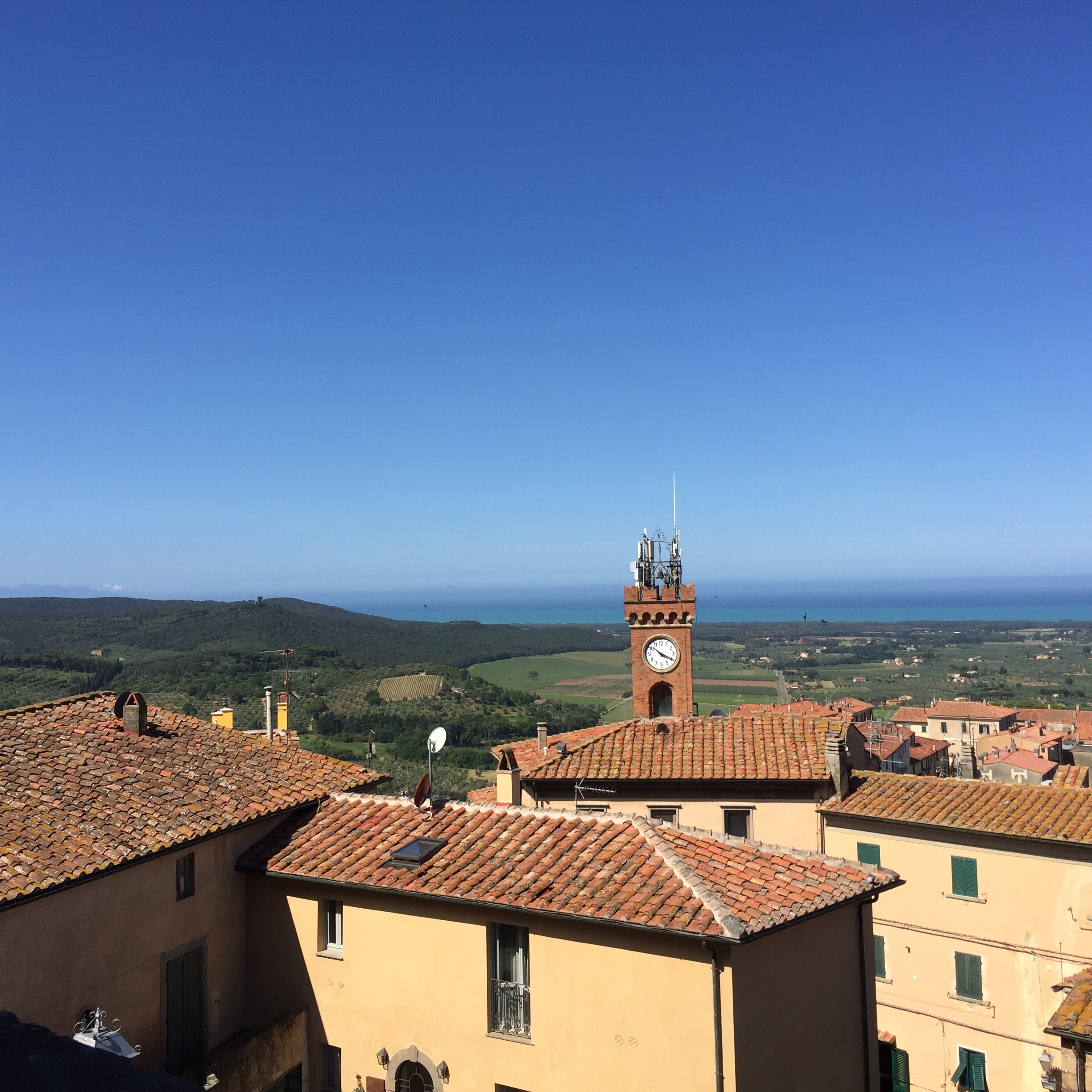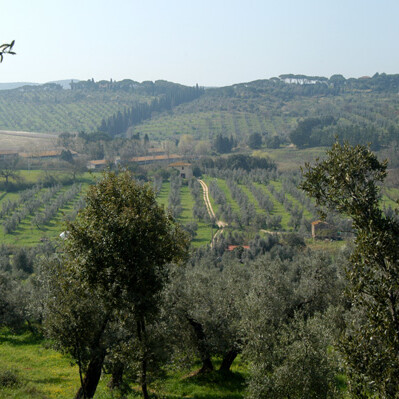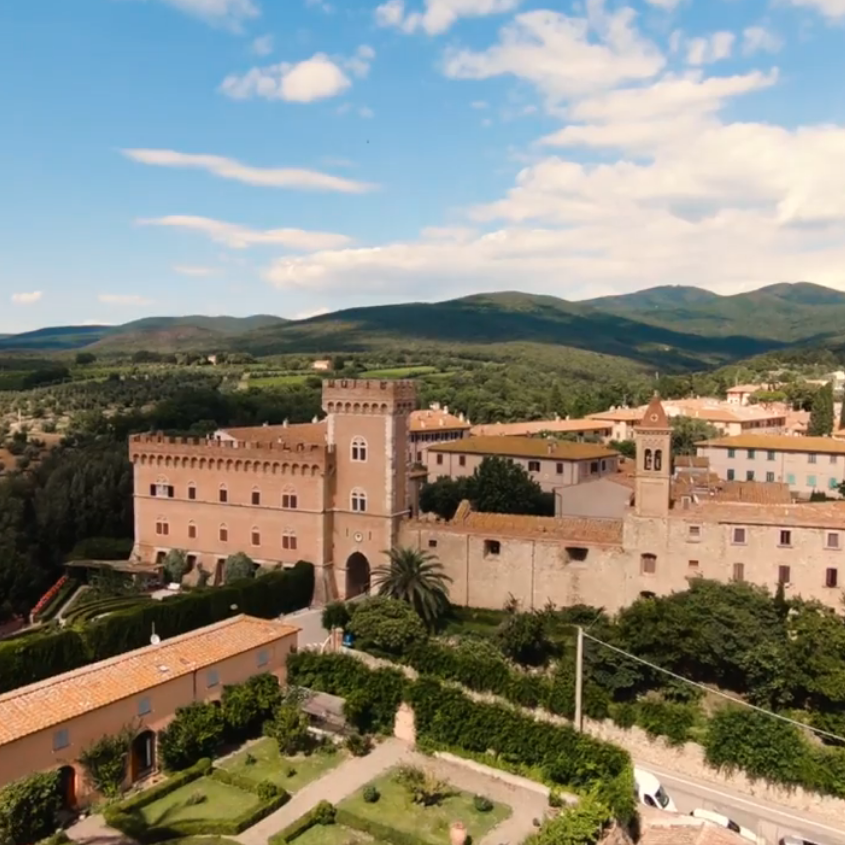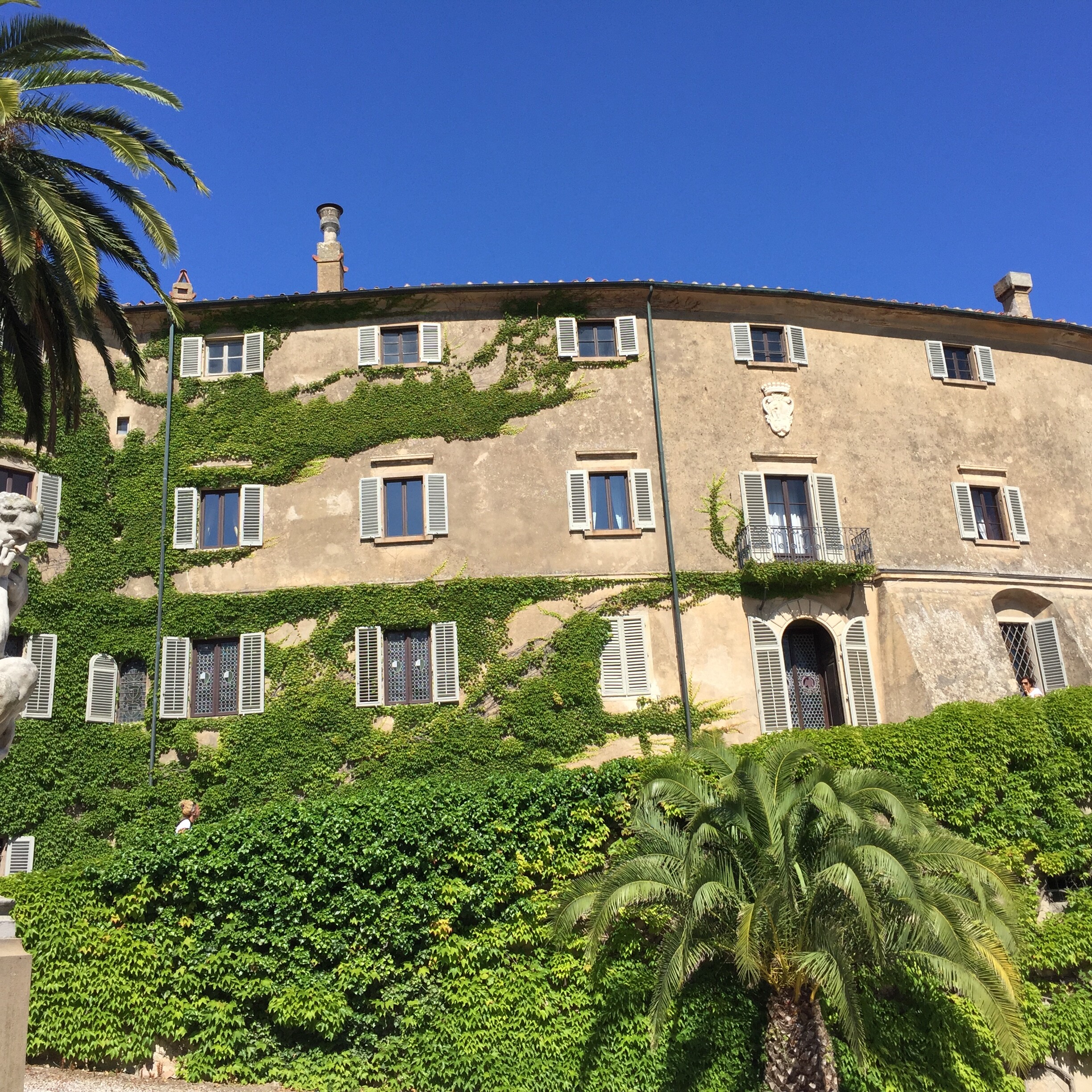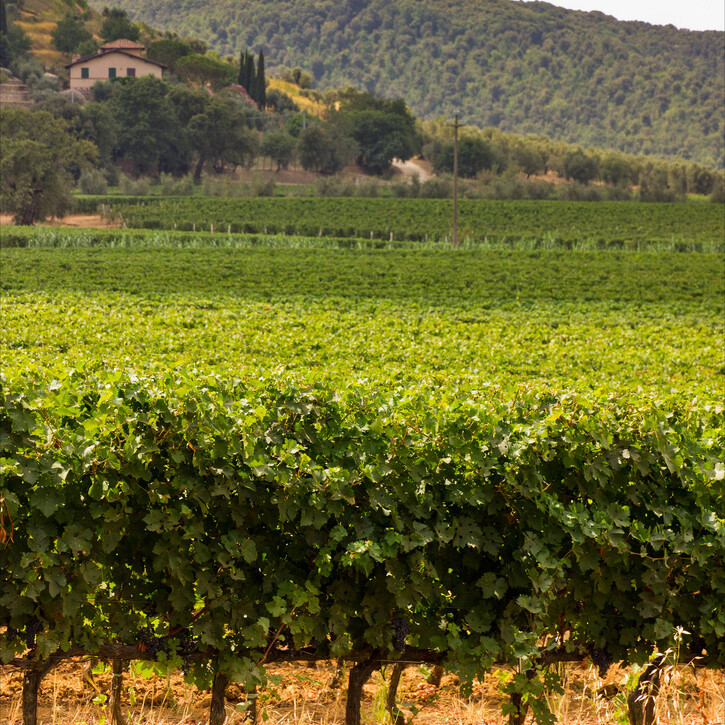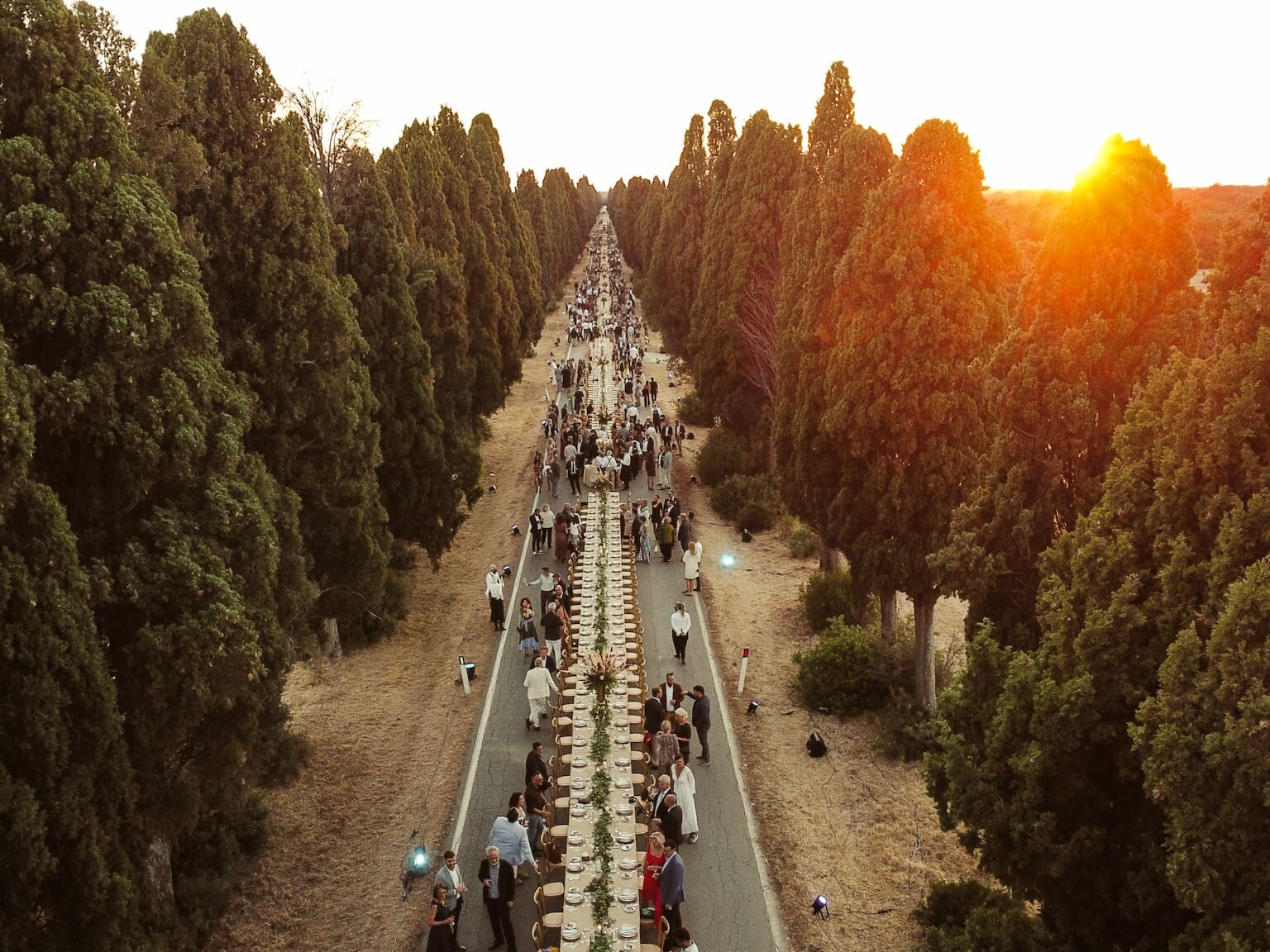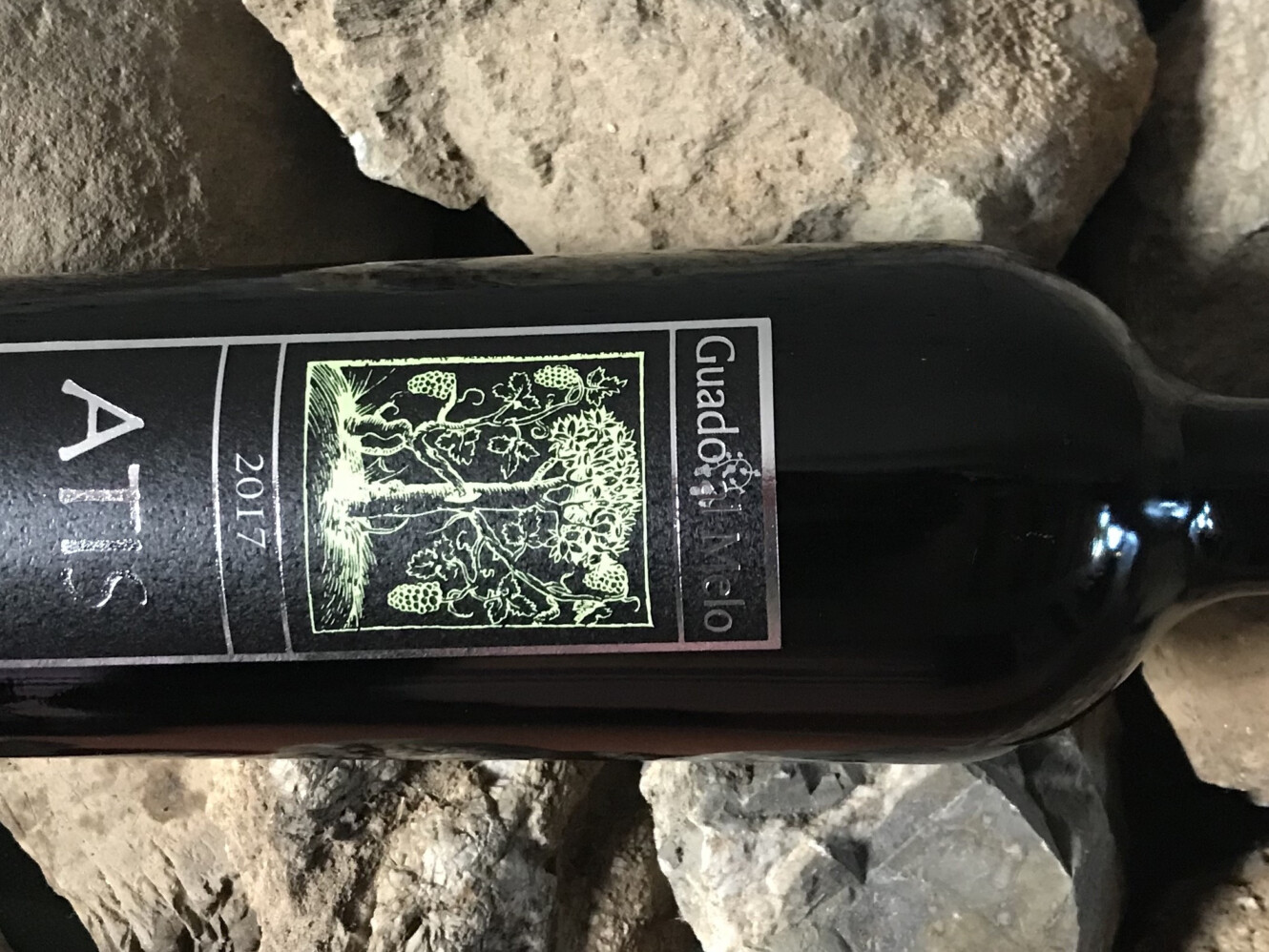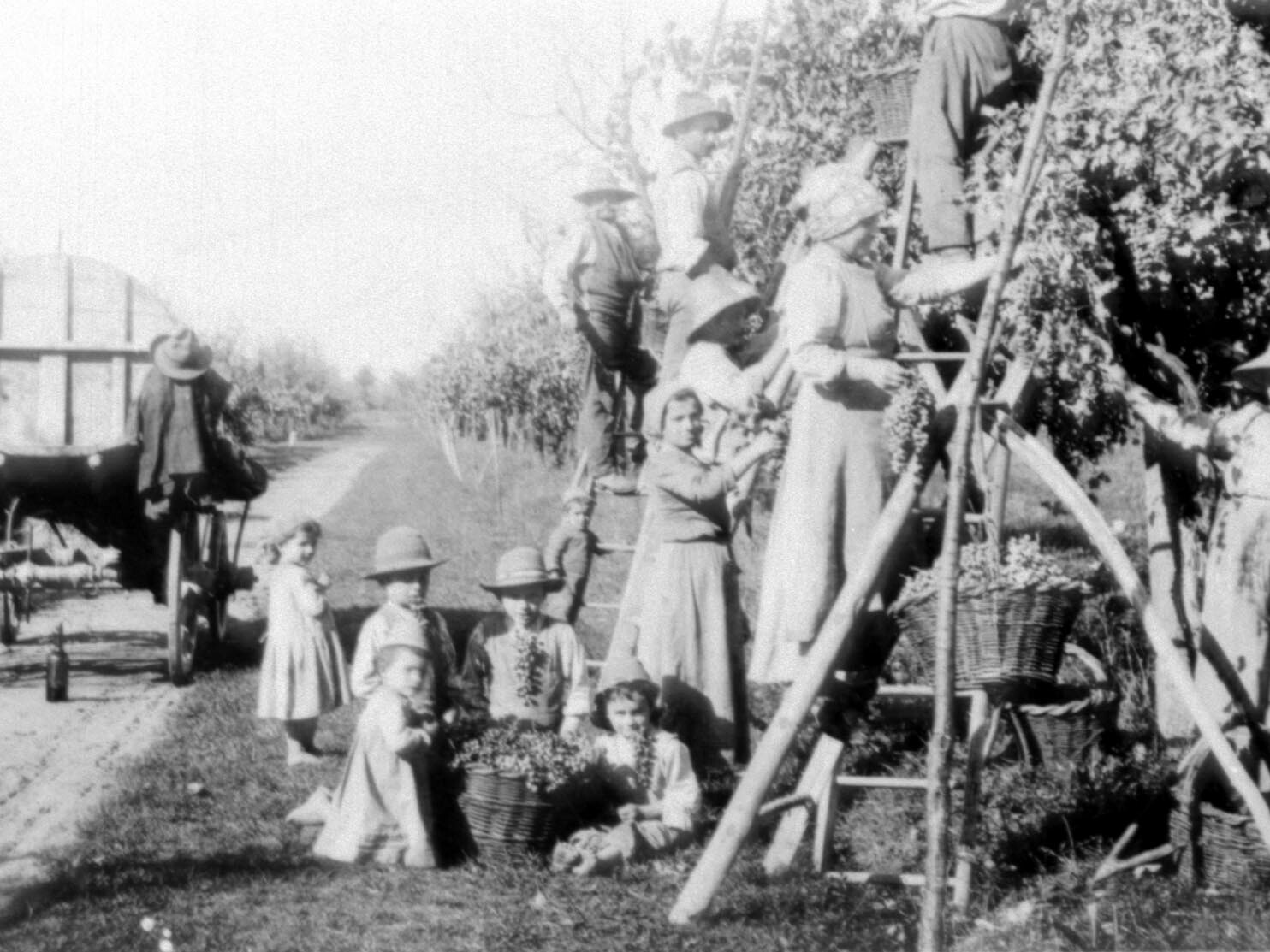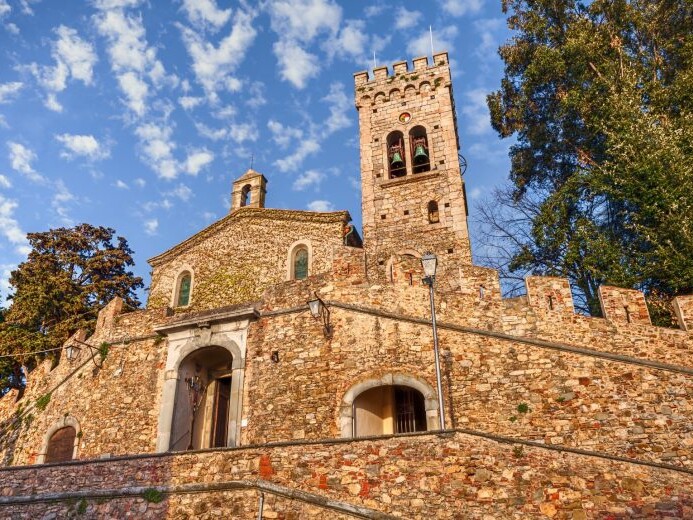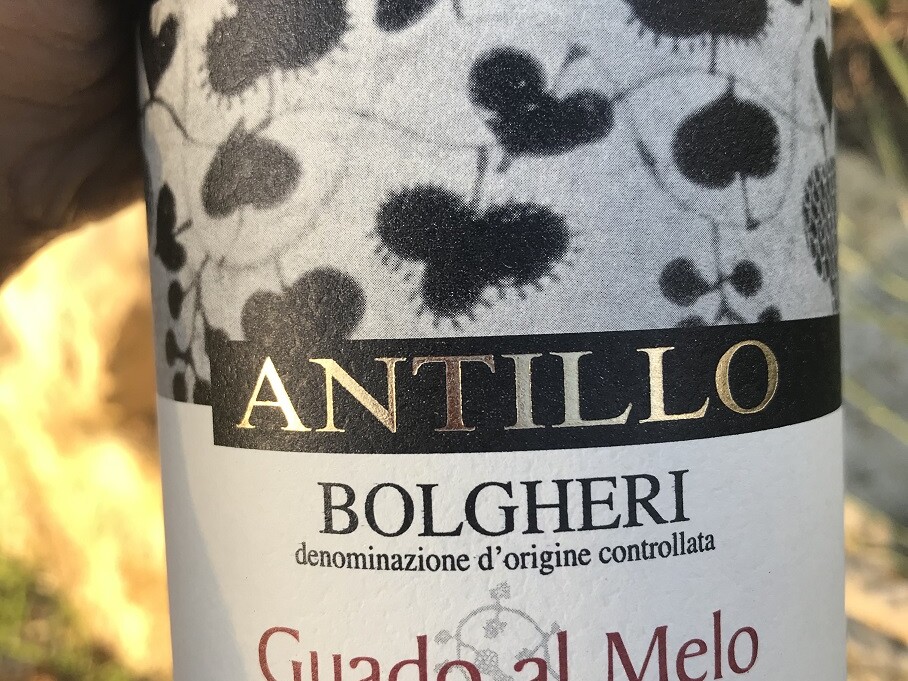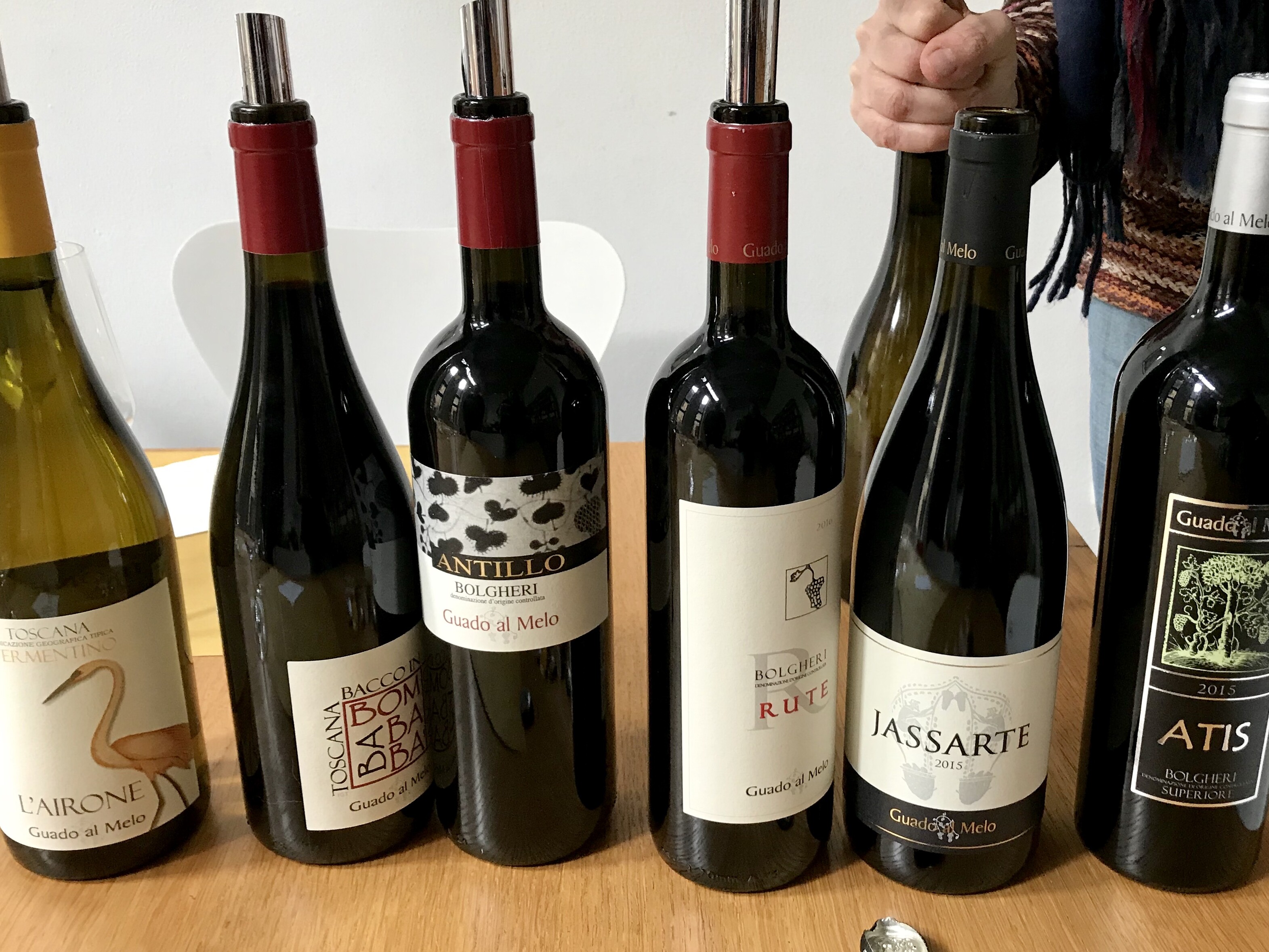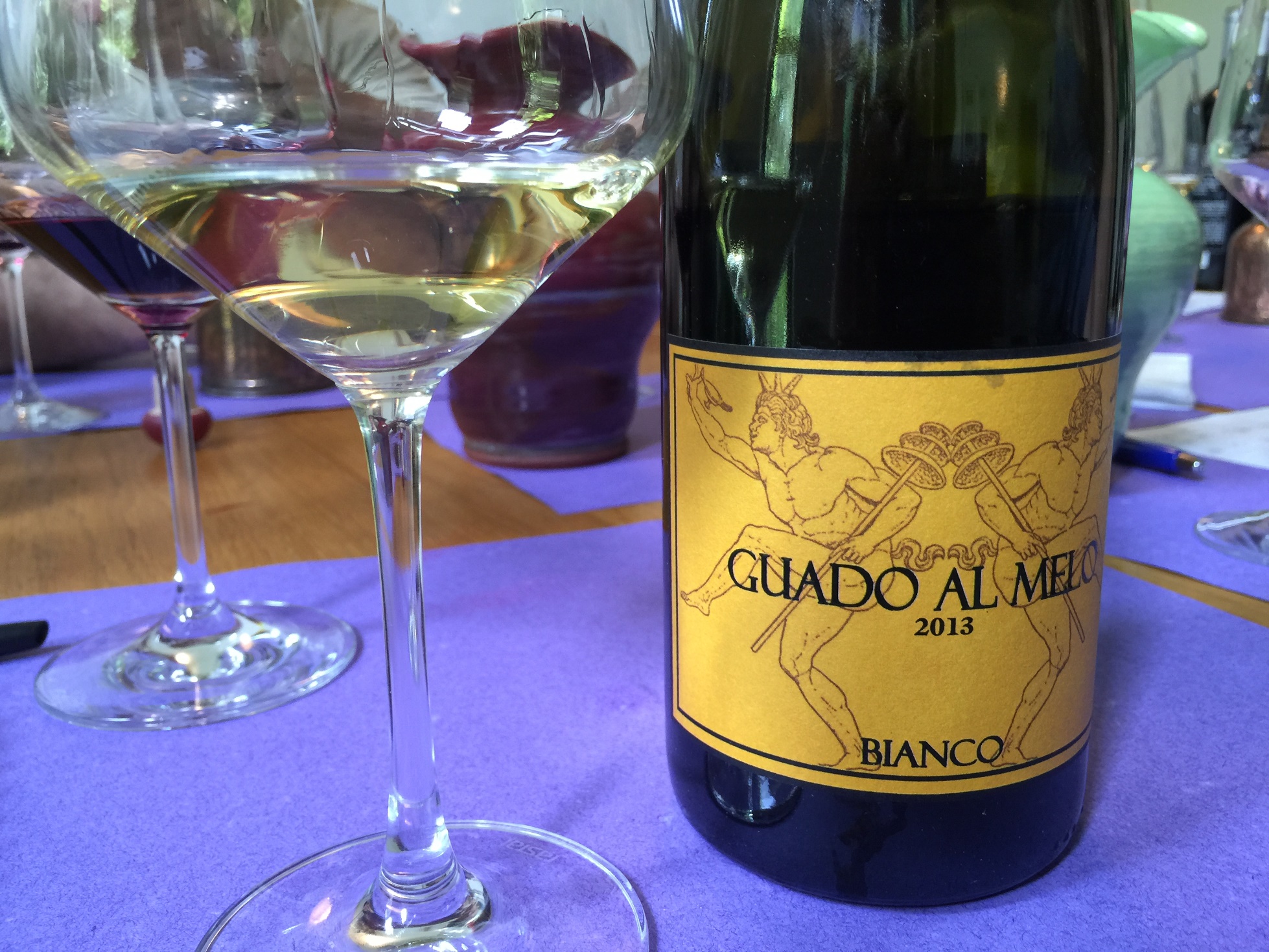The Scienza Family
Michele Scienza and his wife Annalisa Motta founded Guado al Melo, but they follow a long wine-making tradition.
Michele’s great-grandparents were winegrowers from Avio in Trentino (in the Lagarina Valley), tenants of a noble estate. His grandparent Ezio managed to buy the vineyard. In the 1950s and 1960s, he and his wife Giuseppina produced unbottled wines and grapes for the social winery. In 1978, they began to bottle their own wine, with the help of their son Attilio and his wife Caterina. The small winery (Vallarom) quickly became a byword for quality in Trentino.
In 1998, following the death of the grandparents, the winery was too small for both grandchildren to continue the business. That gave us the opportunity to start a new life in Tuscany, at just under thirty years of age. Our sons were born here: Giovanni in 2001 and Federico in 2007.
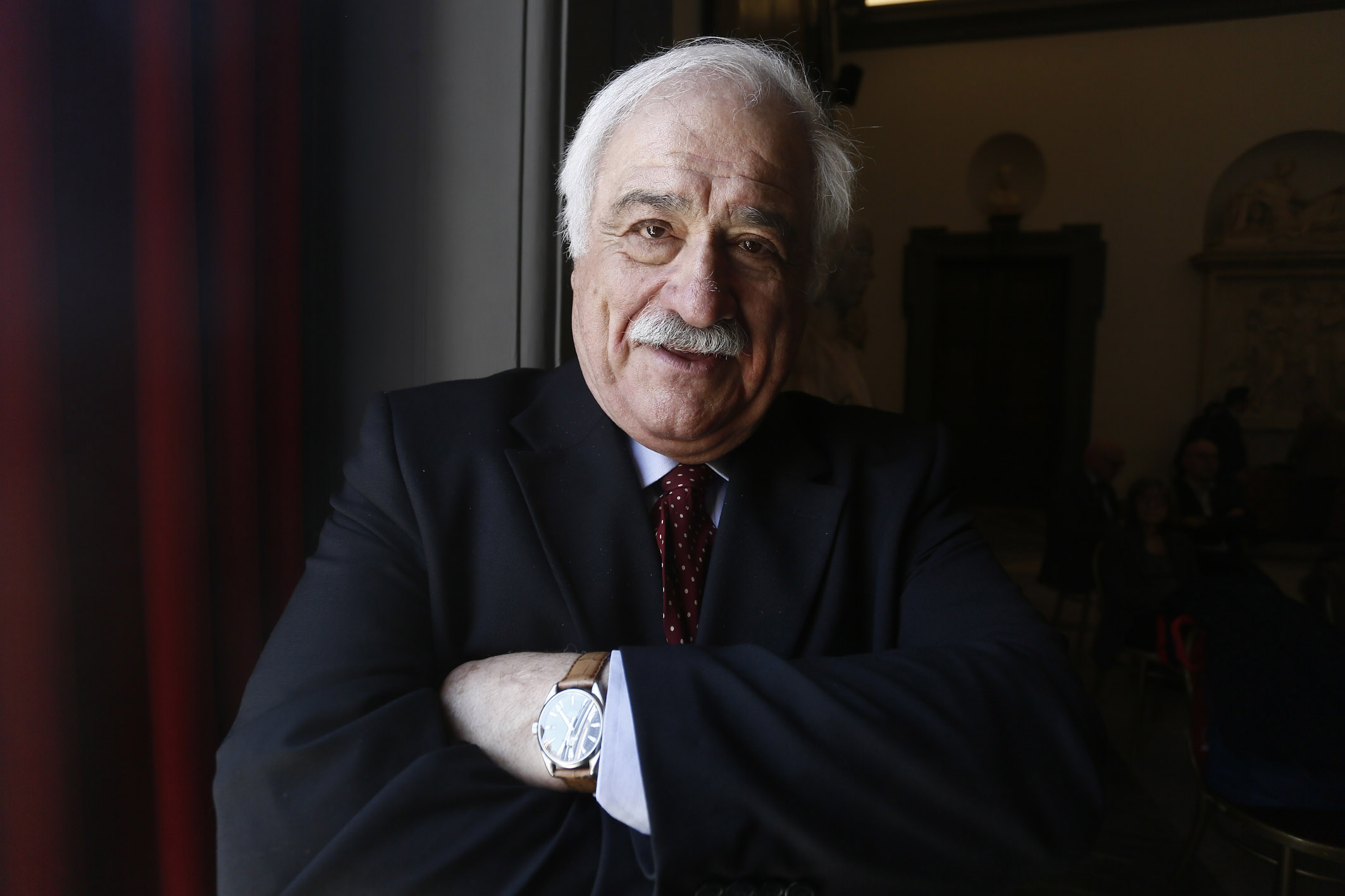
Professor Attilio Scienza: Michele’s father and son of Trentino vine growers, is an esteemed former university lecturer in viticulture in Milan and a well-known international expert in the field. He has supervised research projects in the field of vine physiology, agricultural techniques and genetics. He is the author of numerous publications in national and international journals, as well as books, for which he has received numerous awards. He has collected almost 15,000 books on wine and his library is the heart of our winery.
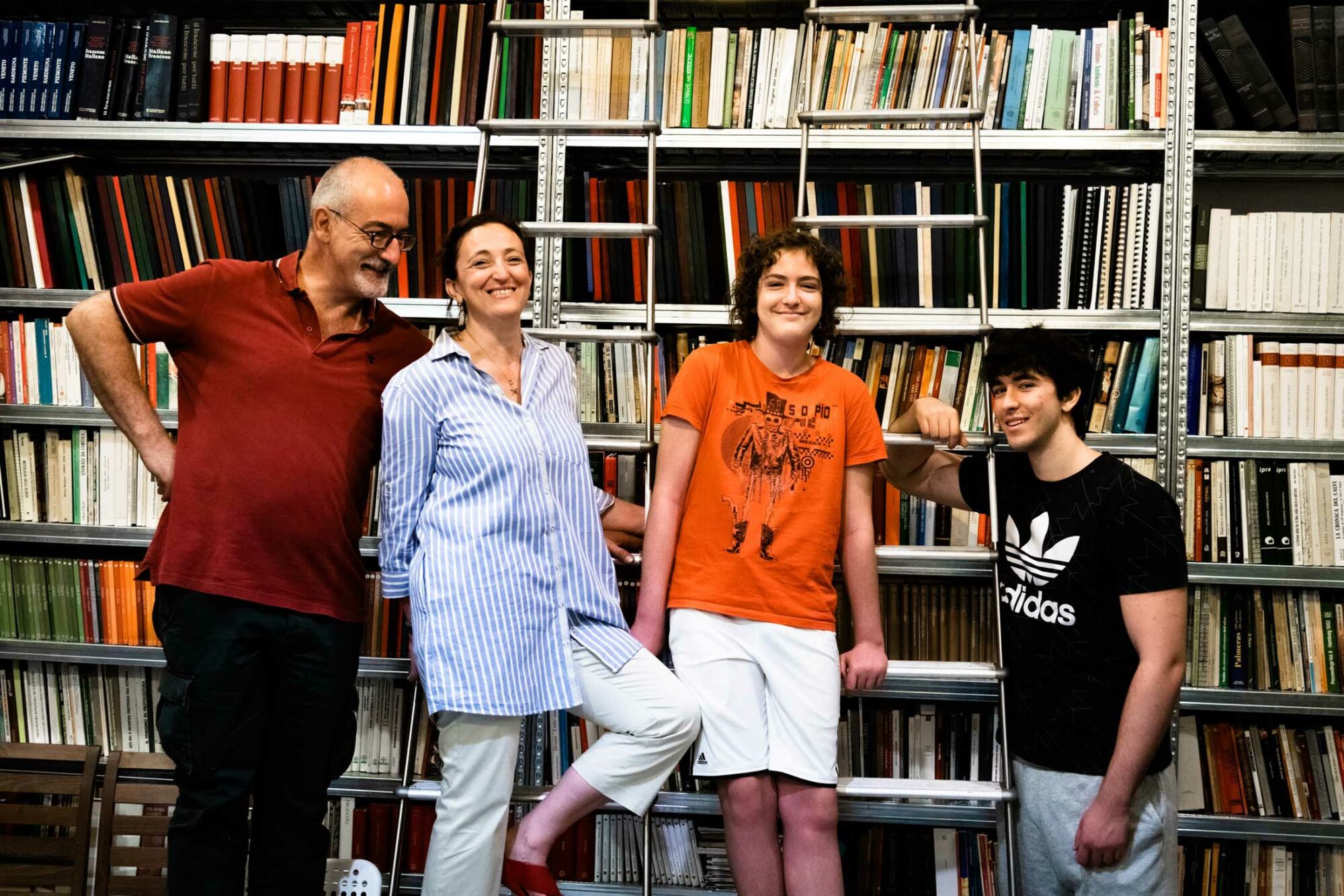
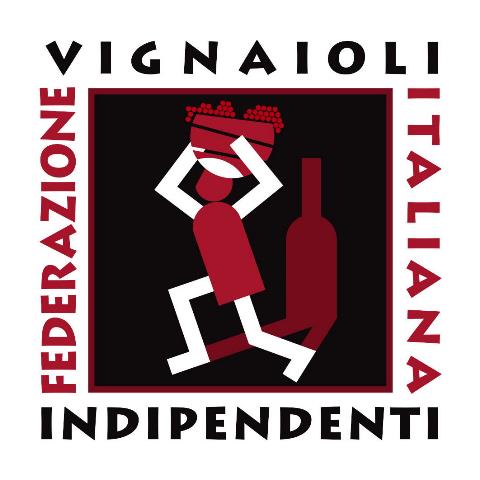
Michele Scienza: a trained oenologist and biologist, he has been immersed in the world of wine since childhood and his dream has always been to be a winemaker. He built up experience and oenological sensitivity working both in the family business and elsewhere, before starting Guado al Melo in 1998-1999. He produced his first vintage as manager in 1990 at the age of 20 and hasn’t stopped since.
Annalisa Motta: After her PhD in plant biology, she changed course, deepening her knowledge of wine with a Master’s degree in Sensory Analysis and working in several wine laboratories until she started Guado al Melo. Over the years she has also become passionate about the study of the historical and cultural aspects of wine and created the Guado al Melo museum, with the support of Attilio. She tells stories about wine in the blog on this site.
History of Guado al Melo
The documented viticultural history of this estate dates to at least the beginning of the 19th century. In 1820, it became part of a larger estate, that of Espinassi-Moratti, from which extensive documentation survives. The wine was sold mainly in Pisa, in aristocratic circles, appreciated because it was ‘full-bodied and fragrant’. In 1925, the wine won first prize at the Wine Exposition in Rome. After the Second World War, the estate fell into decline and the part we currently occupy passed to a local farmer who continued to produce wine. Only the owner who immediately preceded us (’92-’98) was not involved in wine growing.
We purchased the estate in 1998. Our link with Bolgheri was established thanks to Professor Attilio Scienza (Michele’s father), who has collaborated with wineries throughout the territory since the late 1970s. He subsequently led the changes to the denomination and conducted a study of viticulture zonation in the region. He fell in love with the territory. Moreover, he knew it inch by inch. So, purchasing the estate wasn’t a random choice, as we always understood the beauty of the land and its great wine-growing potential.
The estate had changed names several times in the past. We named it “Guado al Melo” to highlight our connection with the territory, as is common practice in Tuscany. “Guado al Melo” (Ford at the Apple Tree) is the ancient name of this place. It refers to the ford on the Fossa di Bolgheri creek, the stream that surrounds our vineyard and gives the alluvial quality to our soils.
Time-line
1998-1999
We purchased the estate and began replanting the vineyards of Guado al Melo (Campo Grande, Campo Ferro, Campo Giardino, Campo Bianco, Campo Ulivi).
2001
Our son Giovanni is born. Campo alla Badia vineyard established
2002
First official harvest for the Criseo wines (at that time “Guado al Melo Bianco”) and Rute (at that time “Guado al Melo Rosso”)
2003
First harvest for Antillo, Atis (at the time “Guado al Melo Superiore”) and Jassarte wines
2004-2005
Construction of the current wine-cellar using bio-architecture techniques
2006
First harvest for the Bacco in Toscana (Bombababà) wine
2007
Our second son, Federico, is born
2008
Launch of Magis sustainability certification
2010
First harvest for the L’Airone (Vermentino) wine
2014
Campo Marino vineyard established
2016
Guado al Melo is Gambero Rosso’s Emergent Winery of the Year. Campo Pietrini vineyard established
2022
Achieved national sustainable quality standard (SQNPI)
2023
Campo Lupinaio vineyard established
2024
Campo Ai Daini vineyard established
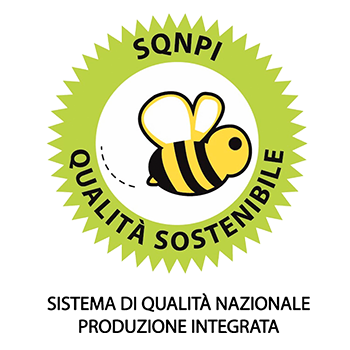
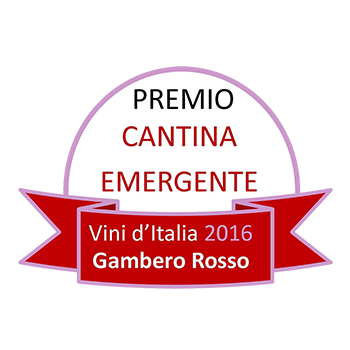

The wines of the Bolgheri DOC growing area
The Bolgheri denomination is a small and beautiful area of just over a thousand hectares, today famed above all for the production of prestigious, long-lived red wines and elegant whites.
The wines of the Bolgheri denomination are produced in the commune of Castagneto Carducci (in the province of Livorno), on the Tuscan coast. They are named after one of the villages included in the commune’s territory, Bolgheri, well-known in Italy in the lyrics of the nineteenth-century poet Giosué Carducci.
The climate is mild Mediterranean, marine, dry and windy. It differs from the rest of the coast, with cooler average temperatures and unique soils. The hill and foothill area has varied soils (alluvial clay-sandy, clay-silt, flysch, etc.), the coolest average temperatures in the area, and the greatest summer temperature range. There are clay-sandy alluvial soils in various proportions in the higher plain, around the “Via Bolgherese”. The soils are predominantly sandy near the “Via Aurelia”. The part between the “Via Aurelia” and the sea is excluded from the DOC.
The tall straight cypresses in double row
Troop from San Guido down to Bolgheri;
Like giant striplings at a race they go
Bounding to meet and gaze once more on me.
– Giosuè Carducci, Before San Guido
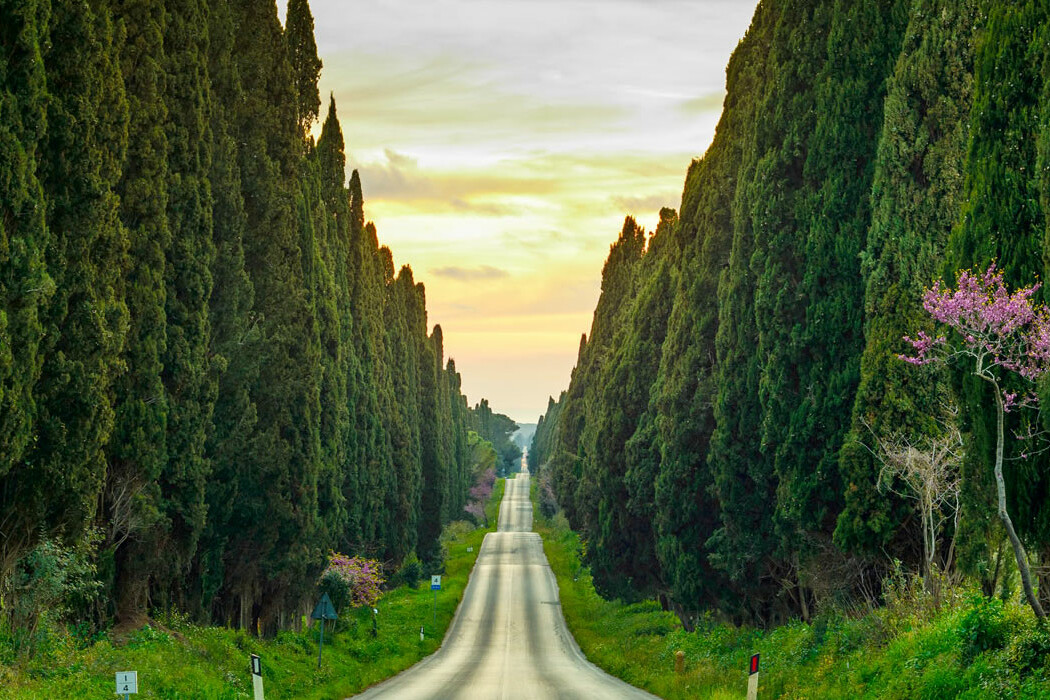
Wine has been produced since time immemorial in this area, from the first gatherers of wild grapes in the woods to the development of the Etruscan civilization, the earliest winegrowers in Italy.
Originally the only inhabited areas were the hills because the land towards the sea was marshy: this is the Tuscan North Maremma. Land reclamation, begun by the Etruscans, was expanded in Roman times. In this period, numerous “villae” farms are documented. They produced wine and olive oil in the foothills and lowland area around the Via Aurelia (where today’s farms are found).
With the decline of the Roman Empire, the abandonment of the territory resulted in the return of the coastal marshes. The population returned to the hills, where the villages of Castagneto and Bolgheri were born in the early Middle Ages, surrounded by vineyards, olive groves and vegetable gardens.
At the end of the eighteenth century the definitive reclamation of the territory began, with a significant increase in agriculture, focused particularly on wine. Over time, this reclamation led to an increasing abandonment of the hills, which, in the past, were much more densely populated than today.
From the 1920s a decline in viticulture began due to phylloxera, with the increase of olive trees and other crops. Expansion began again after World War II. In 1983 the first Bolgheri DOC was born, with the wines Bolgheri Bianco (white) and Bolgheri Rosato (Rosé).
Meanwhile, the development of fine red aging wines was expanding. In 1994 it was, therefore, decided to revise the Disciplinary Regulations, with the extension of protection to Bolgheri Rosso and Bolgheri Superiore wines. Between 1993 and 2004, viticultural zoning studies of the territory were conducted, coordinated by Professor Attilio Scienza.
Insights
A fairytale dinner for the Bolgheri DiVino event
7 September 2021
Webinar domani con Michele Scienza
14 February 2021
The harsh and wild Maremma of Bolgheri and Castagneto
12 December 2020
New vintages, tasting notes
21 February 2019
